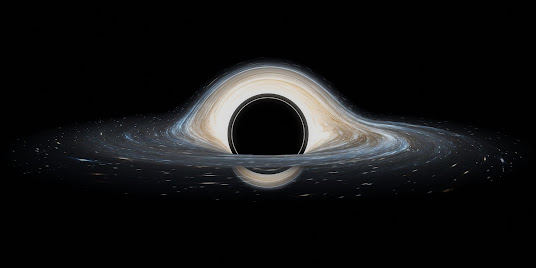Does the Milky Way Revolve Around Anything?
Galaxies, including the Milky Way, are not static entities. They are dynamic systems, consisting of billions of stars, planets, gas clouds, and dark matter, all bound together by gravity. Within these galaxies, stars orbit the galactic center, creating a complex and beautiful cosmic dance.
Does the Milky Way Revolve Around Anything?
The Milky Way, a barred spiral galaxy, has a disk structure with spiral arms winding outward from a central bulge. Our solar system is located in one of these spiral arms, about 27,000 light-years from the galactic center. The entire galaxy, including our solar system, is rotating around this central bulge. The Sun takes approximately 230 million years to complete one orbit around the Milky Way's center.
The Concept of Galactic Revolution
When we talk about the Milky Way revolving around something, we are usually referring to its motion relative to other massive structures in the universe. The Milky Way is part of a larger collection of galaxies known as the Local Group. This group includes the Andromeda Galaxy, the Triangulum Galaxy, and about 54 other smaller galaxies. The Local Group itself is part of an even larger structure called the Virgo Supercluster.
The Local Group Dynamics
The Milky Way and the Andromeda Galaxy are the two largest members of the Local Group. These galaxies are not only moving within their own structures but also towards each other. Current observations suggest that the Milky Way and Andromeda will collide in about 4.5 billion years, merging to form a larger elliptical galaxy. This movement is driven by their mutual gravitational attraction.
The Influence of the Virgo Supercluster
The Local Group is just one part of the Virgo Supercluster, a massive assembly of galaxies and galaxy clusters. The Virgo Supercluster is centered around the Virgo Cluster, a dense collection of galaxies about 65 million light-years away from the Milky Way. Although the gravitational influence of the Virgo Cluster is significant, it is not accurate to say that the Milky Way revolves around it. Instead, the galaxies within the supercluster are moving in complex ways due to the gravitational pull from various directions.
The Role of Dark Matter and Dark Energy
To understand the Milky Way's motion, we must also consider the role of dark matter and dark energy. Dark matter, which makes up about 27% of the universe's mass-energy content, exerts gravitational forces that affect the motion of galaxies. Dark energy, on the other hand, constitutes about 68% of the universe and is responsible for the accelerated expansion of the cosmos.
The gravitational pull of dark matter helps bind galaxies together within clusters and superclusters. The presence of dark energy, however, causes galaxies to move away from each other on the largest scales. This interplay of dark matter and dark energy shapes the movement and distribution of galaxies, including the Milky Way.
The Laniakea Supercluster
In recent years, scientists have redefined the Milky Way's position within the cosmos by identifying an even larger structure known as the Laniakea Supercluster. This supercluster, which means "immense heaven" in Hawaiian, includes the Virgo Supercluster and encompasses about 100,000 galaxies spread over 160 million parsecs (520 million light-years).
The Laniakea Supercluster redefines our understanding of galactic motion. The Milky Way, along with other galaxies in this supercluster, is being drawn towards a region known as the Great Attractor. This area, located about 150 million light-years away, has a strong gravitational pull due to its high concentration of galaxies and dark matter.
The Cosmic Web
On the grandest scales, galaxies are not isolated but are part of a vast cosmic web. This web-like structure is composed of filaments of galaxies separated by voids, creating a complex network that spans the observable universe. The motion of galaxies, including the Milky Way, is influenced by the gravitational forces within this cosmic web.
The cosmic web is a result of the initial conditions of the universe's formation and the subsequent gravitational collapse of matter. Galaxies move along these filaments towards larger structures, such as galaxy clusters and superclusters, shaping the large-scale structure of the universe.
A Dynamic Dance in the Cosmos
The Milky Way does not revolve around a single point or object. Instead, its motion is influenced by a multitude of gravitational forces from nearby galaxies, clusters, and the larger structures within the universe. The Milky Way is part of the Local Group, which itself is a component of the Virgo Supercluster, and ultimately a part of the even larger Laniakea Supercluster.
The Milky Way's movement is a testament to the dynamic and interconnected nature of the cosmos. As we continue to explore and understand the universe, we uncover the intricate and beautiful dance of galaxies, revealing our place in the grand tapestry of existence. This ongoing journey of discovery not only answers questions about our galactic home but also deepens our appreciation for the vast and wondrous universe we inhabit.








Comments
Post a Comment